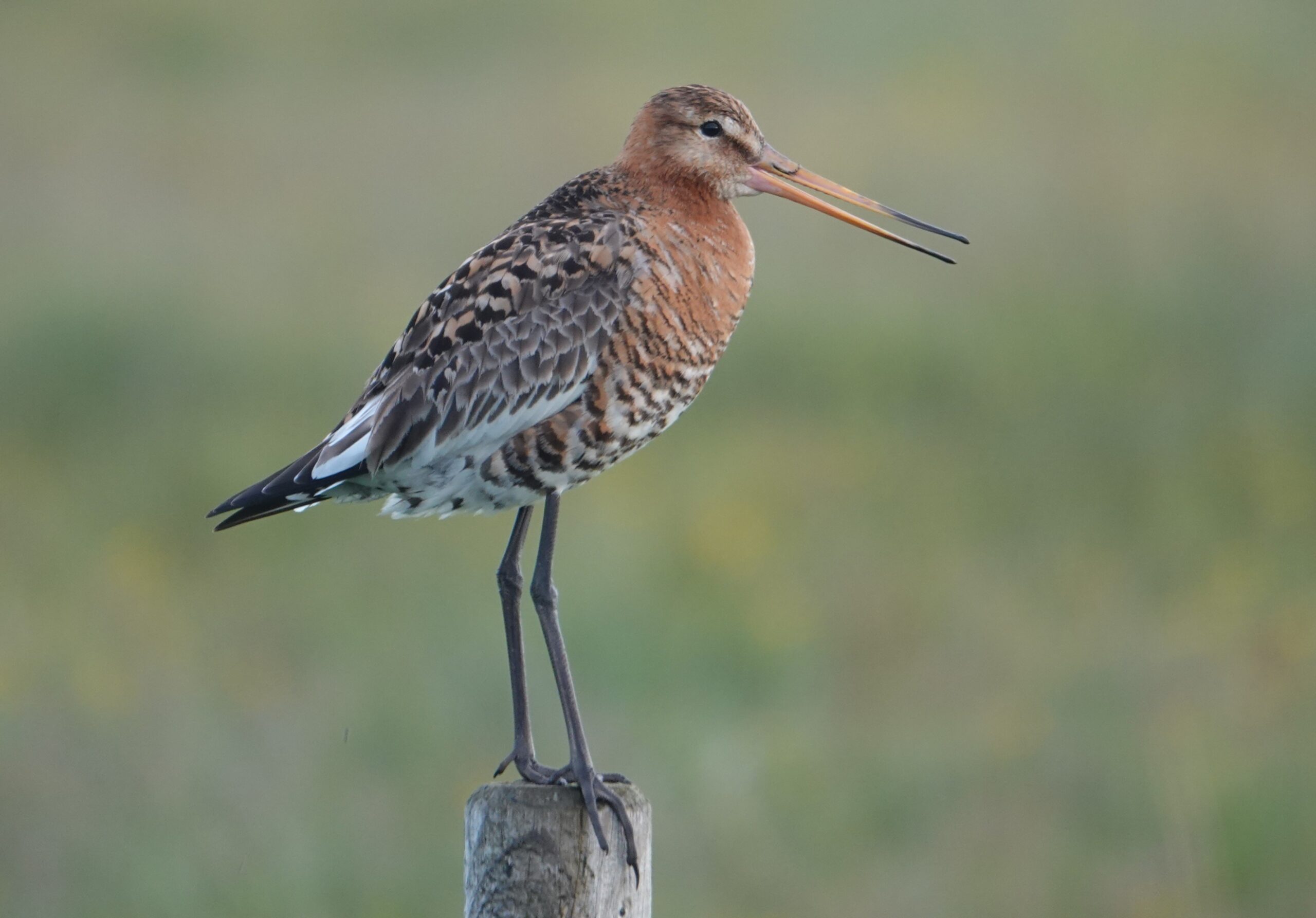Břehouš černoocasý
V Evropě se vyskytují dva ze čtyř poddruhů břehouše černoocasého. Projekt HABITRACK se zaměřuje na poddruh limosa, který hnízdí od Velké Británie po Rusko a jehož početnost dramaticky klesá. Evropa nese zásadní odpovědnost za ochranu tohoto druhu, přičemž Nizozemsko hraje klíčovou roli, neboť zde hnízdí 87 % párů populace využívající východoatlantskou tahovou trasu (Brown 2015). Břehouš černoocasý je závislý především na travnatých porostech v agrocenózách. Intenzivní zemědělské postupy a degradace habitatů však způsobují pokles početnosti této populace (Li et al 2023). Nicméně některé populace, hnízdící v extenzivně obhospodařované zemědělské krajině a s lepším hospodařením s vodou, vykazují stabilní nebo rostoucí populační trendy.

Between
and
Loading
